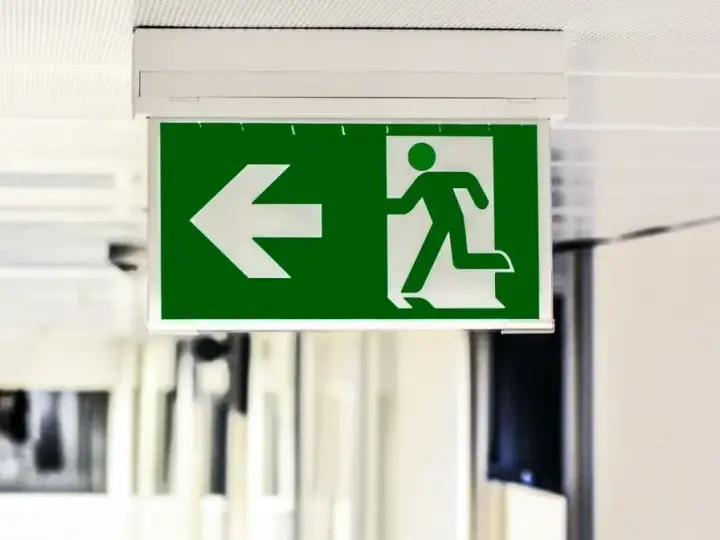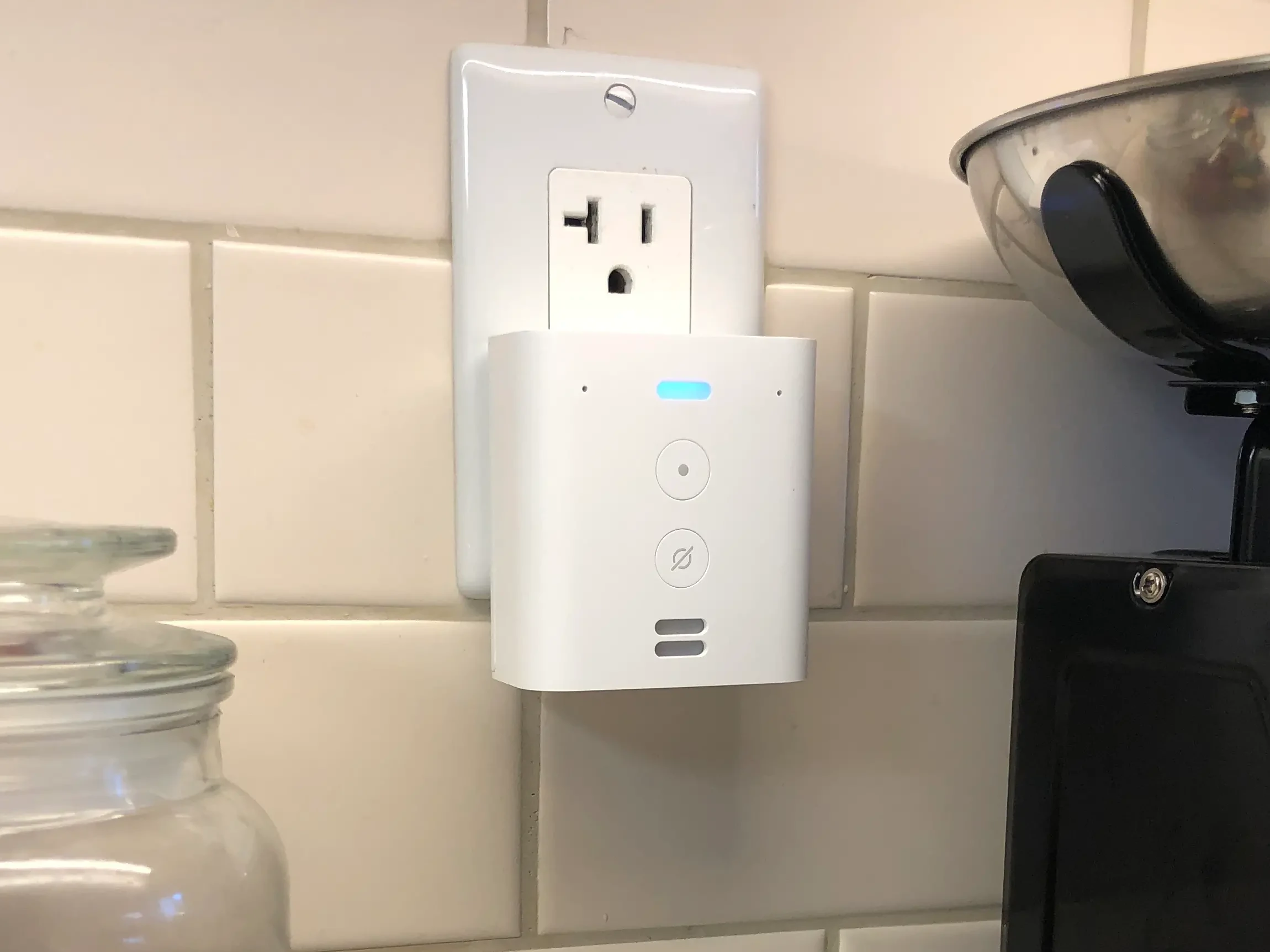One of the Most Useful Sensors you Probably Aren't Using
Updated on 6th Sep 2020 16:28 in Smart
Door sensors are some of the most common types of sensor in the home. They are often used to trigger an alarm system as they will detect when a door has been opened, allowing the alarm to understand the potentially bad situation that is playing out. These sensors can be used for much more than just alarm systems though, find out how smart door sensors can make your home smarter here!
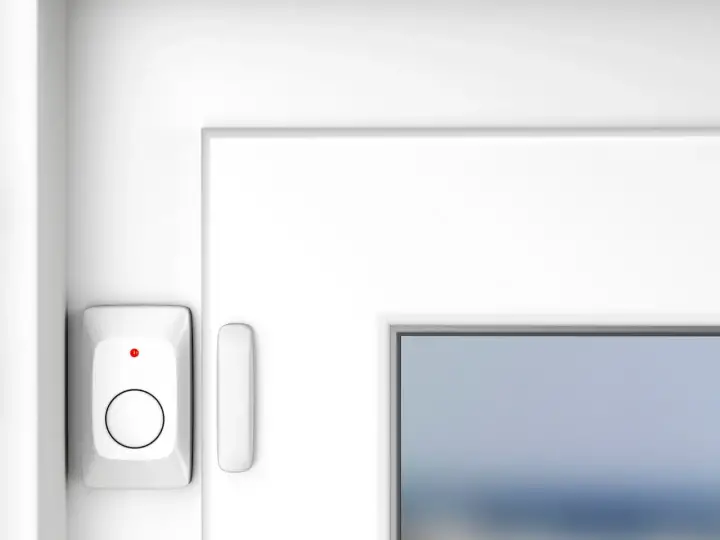
Table of Contents
What is a smart door sensor?
Before we get into how they can be used to make your home smarter, let's take a moment to understand how they work. Many will be familiar with door sensors as they are very commonly installed on exterior doors in alarm systems, you may already have these in your home! Smart door sensors function exactly the same way as these regular versions, except in that they contain some additional electrical components that allow them to communicate with a smart home.
The reed switch
Almost all of these sensors work using a small switch known as a reed switch. In door sensors, there are usually two separate pieces that are meant to each go either on the door frame or the door itself. One of these parts contain a magnet and the other contains the sensor and some additional support components. Typically the sensor is placed on the door frame so that any wires leading to it are not attached to any moving parts of the door but in a smart sensor there are usually no wires so technically it can go on either side.
Reed switches are very cheap and simple to understand. When a magnetic field approaches the switch the tiny metal contact inside the switch will be attracted to each other and will physically touch to create an electrical connection. This allows the sensor to be made very cheaply but does suffer from eventual fatigue, with each sensor having a rated lifespan ranging from thousands of operations to billions.
The Hall effect
A less common alternative, the Hall sensor, does not suffer from the same lifespan issues and is mostly considered to have an infinite lifespan due to the lack of any mechanical components. It is more complicated to use electrically but a smart product that uses such a sensor is going to last a lot longer than one using a reed switch (when it comes to the sensor, obviously other components could also fail).
The working principle is very simple, the Hall sensor contains a thin metal plate that has a current running through it, and when a magnet is placed nearby the electrical activity within the plate will change in a detectable way - allowing the sensor to identify the presence of a magnet. This sensor is so simple and yet can provide very valuable information to both an alarm system and a smart home.
If the Hall effect interests you, I recommend you read the Wikipedia article about it. These sensors are used everywhere and have the power to detect the presence of another object without touching it. This is in contrast to most other types of switches that physically bridge an electrical connection, thus allowing the current to flow which can be detected by monitoring systems.
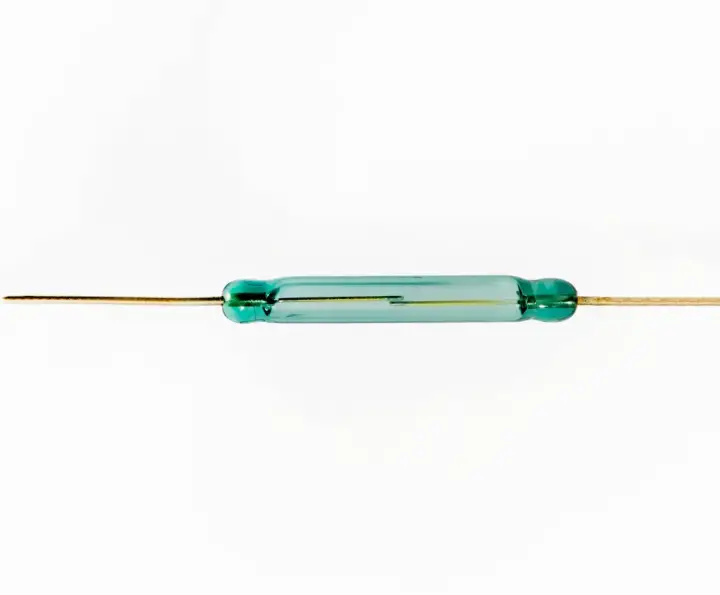
The smarts
Smart door sensors are very similar to regular door sensors, so what actually makes them smart and worth more money than the cheapest regular one available? Similarly to other smart devices, door sensors will contain a few extra components that enable them to be a lot smarter than a dumb wired sensor. A smart door sensor will typically contain:
- The Hall sensor
- A microcontroller
- Wireless components, depending on the protocol used
- Batteries for convenience
As most other smart things, they can come in a variety of protocols such as WiFi, Zigbee, Z-Wave, and many more, though these also commonly use a properiaty protocol so keep an eye out for that if you are looking to tinker with it! One thing to note is that most of the sensors available on the market are completely wireless, which helps with installation, but unlike their wired counterparts will require their batteries to be replaced. This is one of the reasons that alarm systems continue to use wired sensors as they are truly set and forget.
How to stop forgetting to close the door
One typical way to use door sensors is to detect entry into an area, which makes sense since most areas in a house will have a door as the only way to enter them. A smart home can definitely make use of this to provide presence detection, but that is a pretty difficult way to detect presence due to things like opening and closing the door without leaving.
An easier way to make use of these nifty little sensors is to detect when a door has been opened but not closed, such as can easily be the case with sliding doors. If you or someone you live with tends to forget to close the door completely, placing these on the door can then be used to alert you when the door has been opened but not closed again for longer than a specified period.
They can also be helpful with kids to detect when the door has been opened between a certain time (such as during the night) as an example. Unfortunately, these aren't the most error-free and when it comes to detecting if someone has actually left, for example, it is not very easy to tell. The only real way to know that the door opening and closing is because someone left is to use that information in conjunction with the readings from other sensors.
This idea does have a downside in that if your home already contains an alarm system you may already have door sensors wired up. It could look a bit strange if you have two pairs of sensors on the same door, and there isn't really that many other options in this situation. You wouldn't want to play with the alarm system because you rely on it to alert you to very important events and as such the best thing to do is to place the second sensor in a slightly different location on the door.
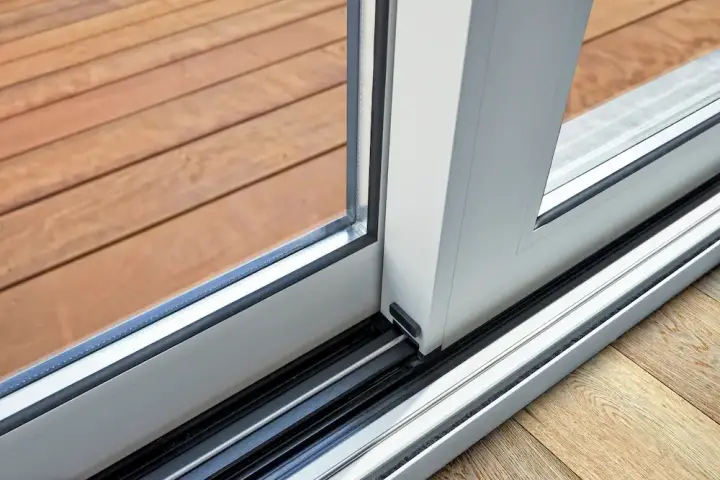
Not limited to your typical "door"
Do you leave the fridge open? Does someone else? Smart door sensors can also be used on almost any kind of door, including on a refrigerator. If your fridge does not contain a door alarm, placing one of these sensors on it can alert you when the door has been left open. This can prevent a lot of waste that would otherwise occur if the door was left open for a long period of time.
They can also be used to detect entry into any cabinet, the sensor can be put inside the cabinet to prevent any tampering and will alert you should anyone attempt to open it. This could be especially useful for cabinets that contain dangerous things, and while the sensor isn't going to stop the door from being opened, it can trigger any number of automations that could do anything you want.
Another possible use is on doggy doors to track the entry and exits of a pet. This can be useful to keep an eye on your little friend while you are at work or away from home. Since pets are less likely to actively attempt to fool such a sensor, you can use them to detect if your pet is outside or inside much more easily.
Summary
Smart door sensors are really cool devices, they allow the tracking of any kind of door and report it back to a smart home controller. At that point, the sky is the limit on what kinds of automations you could come up with using this information - anything from a basic notification all the way to detecting that laundry has been removed from the machine.

